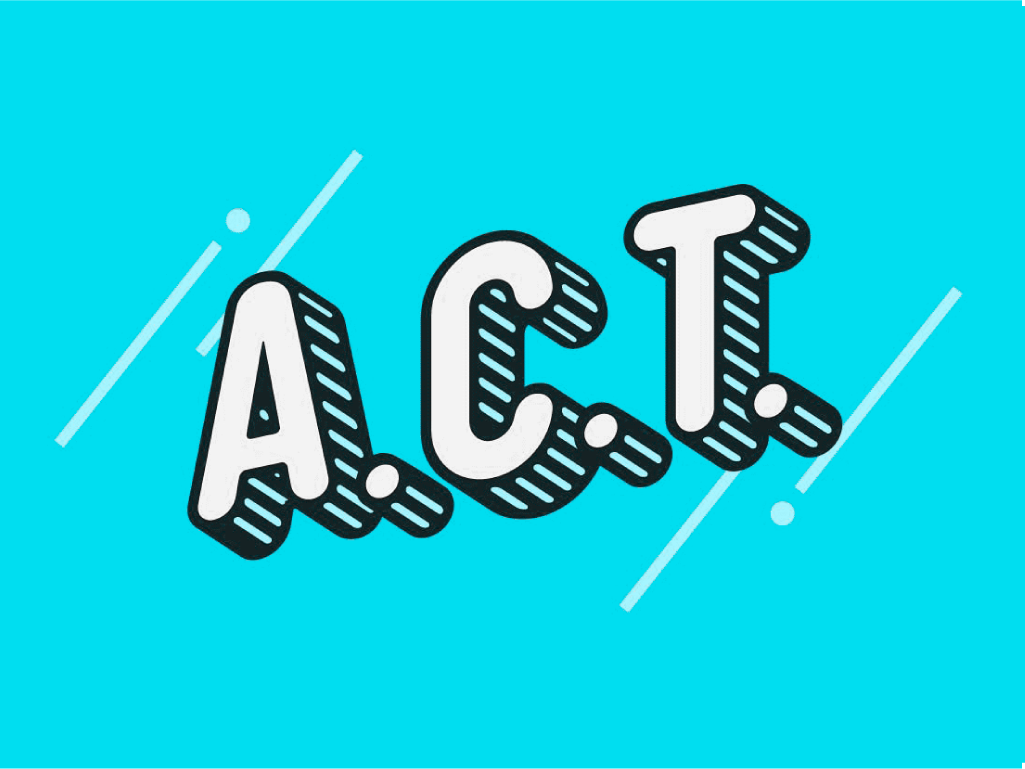How to use or facilitate:
- Download and print the 30 Circles template.
- Hand all participants one copy of the worksheet, and make sure they have at least one writing utensil.
- Give the group a max of 2 minutes to fill in all 30 circles, whichever way they choose. Make sure to keep your direction vague.
- Ask a few participants to share their work. Did anyone finish? What were the differences in their final creations? Can they identify the type of thinking that led to each outcome? This will highlight the key takeaway – that everyone has their own style of quick-thinking and problem solving.
The Takeaway:
Each of us have a unique thinking framework, both inherent and shaped by our experiences. Some of us take a creative approach, while others are more analytic. Some are focused on the short-term, while others think about the long-term. While we all have unique minds, our tendencies can be summed up into five recognized thinking styles: synthesists, idealists, pragmatists, analysts, and realists.
Which thinking hat do you wear?
- Synthesists (Creatives): Largely defined by their creative and curious nature. Instead of leading with logic, they love to explore more abstract ideas. They ask, ?what if?? and consider a range of views and possibilities.
- Idealists (Goal Setters): Set high standards and are always working toward larger than life goals. While others might perceive them as perfectionists, in their minds, they?re simply putting their best foot forward. These individuals are future-oriented, they value teamwork, and they expect everyone to work hard.
- Pragmatists (Logical Thinkers): Don?t waste any time?they take action. They tackle problems logically, step-by step. They?re focused on getting things done, but they aren?t interested in understanding the big picture like idealists are. Rather than considering what?s best in the long-term, they think short-term.
- Analysts (Rational Intellectuals): Work methodically to gather all facts and data, measuring and categorizing along the way. Their personality is rooted in being thorough, accurate, and rational, always looking for a formula or outlined procedure for solving problems.
- Realists (Perfect Problem Solvers): Tackle problems head-on and don?t feel challenged by your everyday conundrum. Quick on their feet, and they do whatever it takes to solve the problem at hand. That said, realists bore easily?they don?t feel challenged by everyday problems or stressors as most do.
This quick exercise helps to identify thinking styles for each participant and unlock creativity for future ideation.
Pro-tips:
Based on the size and nature of your audience, you can adjust the max time to complete the worksheet to 1 min or 3 mins.






